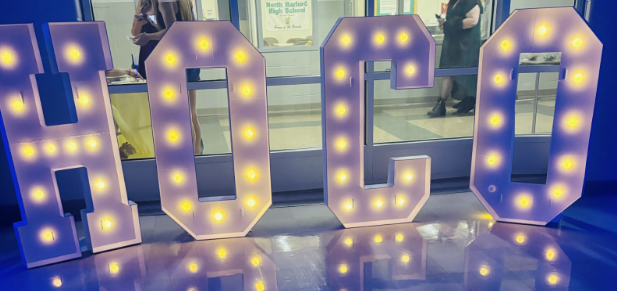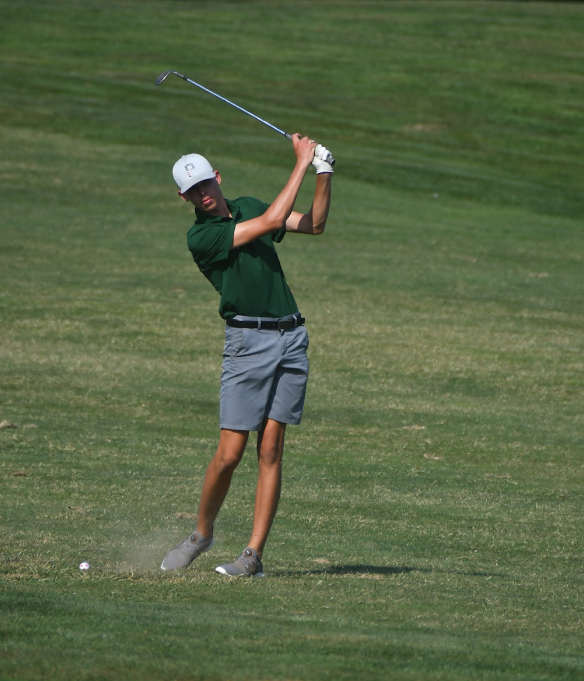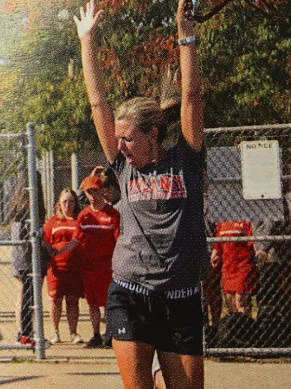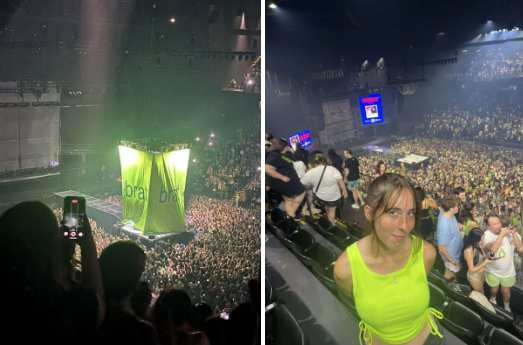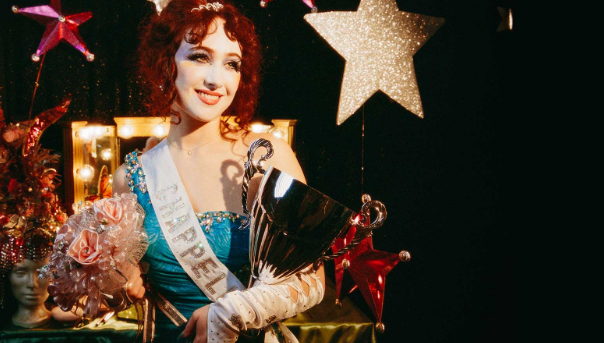Making friends with ocean critters; Marine Biologist plunges into aquatic life

Kelly did research, “in Mexico while at the Biosphere 2 Center.” She is currently working at Johns Hopkins where she teaches, “very academically driven students from all over the world.”
December 10, 2020
Ariane Kelly, a 1998 graduate from North Harford, “grew up spending summers at the beach and on the Chesapeake Bay, and always had a love for the ocean and marine life.” Little did she know that one day she would be across the country in San Diego “playing with octopus,” “feeding shark,” and “snorkeling with phytoplankton that lit up the ocean with their bioluminescence.”
In high-school, Kelly “took a lot of different classes including, floral design, agriculture, and landscaping.” These “hands-on,” classes developed her “love for being a Hawk!” The alumni’s “interest in ecology and sustainability,” was sparked by the school’s Eco-Club.
Originally, she went to college at, “The University of Delaware to major in Landscape Architecture.” Kelly lasted “one semester,” before switching to more appealing majors in “Wildlife Biology and Conservation.”
She had an “amazing experience,” during her internship at the National Aquarium in Baltimore her senior year of college. At the Aquarium Kelly worked, “in the seahorse breeding lab where […] [she] learned so much about seahorses and animal care.” The internship helped her to discover her need to not be behind the scenes, but rather a marine educator.
Knowing she “wanted to travel,” the new graduate moved to Arizona to do, “research at the Biosphere 2 Center outside Tucson, Arizona.” The Biosphere 2 Center used to be a place where “scientists were experimenting to see if they could create a controlled environment that would support human life in outer space. After the experiment went wrong, it became an educational research facility.”
After college Kelly, “moved home for a few months to save every penny for moving to California.” She explained how, “it was a scary time,” but San Diego seemed like the right choice. Kelly had friends from college living there and she knew, “San Diego was the mecca of marine biology,” where she had her best chances at her, “dreams of becoming a marine biologist come true.”
The aspiring marine educator volunteered at the Birch Aquarium which was a “phenomenal educational outreach center for Scripps Institution of Oceanography, one of the top oceanographic research institutions in the world.”
“After 6 months a job opened up in the education department,” where Kelly, “developed curriculums and taught classes to visiting schools and the general public.” Through the Birch Aquarium, she was able to gain the experiences of, “working with anything from sea stars, to sea urchins, crabs, octopus, and even sharks.”
Some of these experiences include, “balancing on a very narrow catwalk above the shark tank to feed them.” She always played with the octopus during lunch breaks who would, “come to the top of the tank and reach her arm out to wrap it around yours.”
Kelly’s encounter with bioluminescent phytoplankton was described as a night she decided to go night snorkeling with friends. During a red tide, “a type of phytoplankton called dinoflagellates bloom or overpopulate and turn the water from a green/blue to a brown/red. This is one of the defense mechanisms of the phytoplankton to create bioluminescence to scare off predators.” She admitted, “it was always a little scary to go at night but surreal to see fish swimming outlined in a neon blue due to the dinoflagellates.”
Despite the many opportunities San Diego provided, Kelly explained how “Maryland had always held a special place in […] [her] heart and it took moving 3,000 miles away to see just how special it was to grow up in rural Harford County.”
So, after moving back to Maryland with her husband and daughter, Kelly got a job at the school, Johns Hopkins, “as the director of Academic Support.” She focuses, “on running programming around supporting students in STEM courses.” She also teaches, “a fall course to freshmen to help them perform well in college classes.”
Kelly “loves,” her role and, “the energy of being on a college campus while getting to know the students.” She enjoys, “walking across campus and grabbing coffee with a student just to catch up and hear about their life.” Her job is not perfect with the challenges that virtual schooling has brought.
But, she closed with the remark that she has, “had plenty of 9-5 jobs that never left […] [her] happy or fulfilled at the end of the day.” Kelly, “learned not to settle for a job and always strive to find something that is challenging where […] [she] would continue to learn and grow as a person.”



